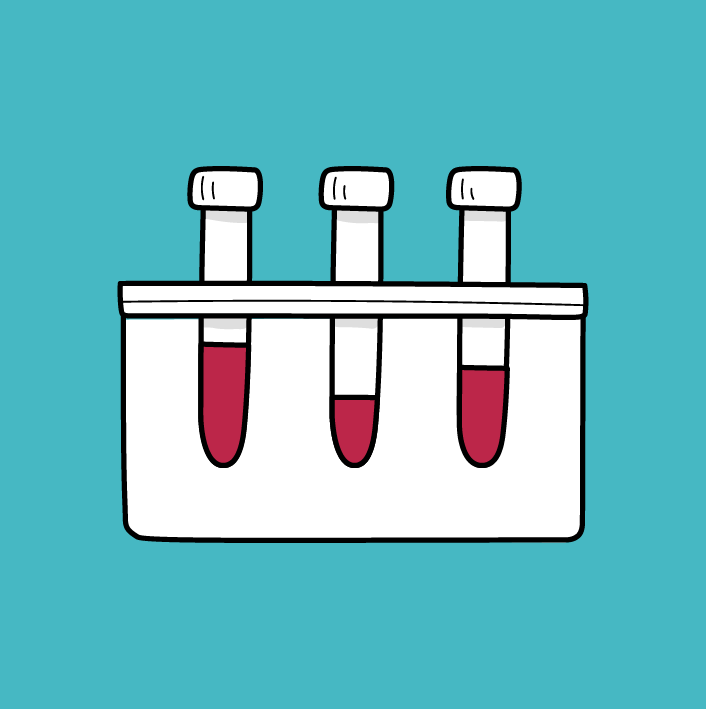Legionella has hit the headlines recently, Bibby Stockholm Barge and more recently, Amey Community Ltd after failure to manage legionella in a water system at a prison, resulting in the death of 71-year-old who was serving a prison sentence, both of these outbreaks provide a reminder on the importance of legionnaire management.
What is Legionella?
Legionellosis is a collective term for diseases caused by legionella bacteria, which includes Legionnaires disease. Legionnaires varies in severity from a mild fever to a serious and sometimes fatal form of pneumonia. Some people are more at risk of Legionnaires’ disease such as smokers, people with impaired immune systems, heavy drinkers, those aged over 45, and people with some chronic diseases such as respiratory, diabetes, kidney, heart and lung disease.
People contract Legionnaires’ disease by inhaling small droplets of water (aerosols), suspended in the air, containing the bacteria.
How Does it Get into the Water System?
Although present in many natural water systems, purpose-built systems, under certain conditions can encourage the bacteria to grow, these include:
- Water temperatures between 20-45 °C in all or some parts of the system.
- If aerosols are produced.
- If water is stored and/or re-circulated.
- Deposits that can support bacterial growth, such as rust, sludge, scale, organic matter and biofilms.
What Do I Need to Do?
- Identify and assess sources of risk (risk assessment).
- Prepare a written scheme for preventing or controlling the risk.
- Implement, manage and monitor precautions.
- Keep records.
- Appoint a competent person to help comply with the law.
All systems require a risk assessment, but not all systems will require elaborate control measures, the control measures will depend on the risk. Your risk assessment will identify what you need to do.
For help and advice with your risk assessment you can find a competent person on the Legionella Control Association (LCA) website or look for a business who has UKAS accreditation for Legionella Risk Assessments.
Once a risk assessment has been completed, its important that you implement the action list (recommendations) to manage the risk. This may include simple control measures such as temperature control, keeping the volume of water stored to a minimum, flushing infrequently used systems, cleaning and descaling shower heads.
In more complex systems, further controls to manage the risk may be required, for example water treatments, your competent person will be able to guide you through these.
For further information, see HSE publication – Legionnaires’ disease. The control of legionella bacteria in water systems L8. This book is aimed at duty holders, employers, and those with health and safety responsibilities, to help you comply with the law. You can also find further technical guidance here.
We are holding a Health and Safety webinar covering Legionella Management on Tuesday 22nd April at 11:00-12:00.
The webinar will cover the following topic areas:
- What are the associated risks with Legionella
- Legionella Risk Assessment
- Management Responsibilities
- Control Measures
- Record Keeping


